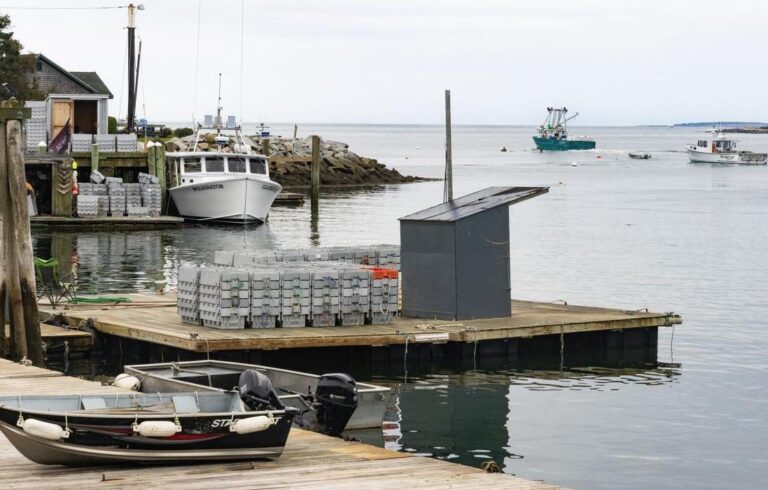Journalists spend a good deal of time in public gatherings at which officials solicit—or at least accept—comment on issues of the day. We also inwardly groan and surreptitiously roll our eyes when those public commenters are woefully misinformed.
Because we often are deeply immersed in that sewer extension or big-box store proposal, we are intolerant of questions that have been asked and answered for weeks prior to the meeting (“Didn’t they read my stories?!”). Yet we journalists also are the first to insist on including regular folks in community decision-making.
These two forces collided for me when I stumbled onto a provocative article by the smart-growth advocacy group Strong Towns, titled: “Stop Asking the Public What They Want.” The point the writer makes is that when soliciting public input, officials should begin by recognizing that expertise on public policy is limited to, well, experts.
As the meeting wore on, the facilitator began writing down bullet points that didn’t quite reflect comments from the public.
So if transportation improvements are being considered for a part of town, better questions would be: Is it scary to walk across that street? Is this a part of town you’d be proud or ashamed to show a visitor? Is it too dark there at night?
Instead, the writer says, the public is asked about the wisdom of adding travel lanes, diagonal parking, and traffic lights in the neighborhood, questions that are better handled by professional planners.
In Belfast, where I live, the city council recently transformed an intersection with two stop signs to four. There was some grumbling in town, not so much about the lack of input, but because the idea sprang not from a traffic engineer’s study but from the citizen councilors.
About 25 years ago, I started encountering a new way to manage public input, called a charrette. The idea is to engage stakeholders with officials in finding acceptable solutions to problems, rather than have officials merely listen and consider.
A noble goal, sure, but not always practical. A local school board hosted a charrette with a professional facilitator, and I remember as the meeting wore on, the facilitator began writing down bullet points on the white board that didn’t quite reflect comments from the public. They were, however, getting us to where the school board wanted to land on the issue.
I witnessed a similar process about 15 years ago as the state oversaw meetings to reach consensus on the use of Sears Island. Someone deeply involved in the process told me a predetermined goal had been set, which meant the meetings were more about winning buy-in than in finding consensus.
Even those journalists who become experts—for the moment, anyway—on an issue can get it very wrong. One of my greatest regrets about my time as editor of the (Belfast) Republican Journal is editorializing in support of renovating the Belfast Free Library at its current location. A counter proposal had a new library being built on a recently cleared property which sloped toward the water—perfect for outdoor gatherings, music and theater, and with ample parking, all of which are lacking at the current site.
City councilors at the time told me they took my editorials to heart and stuck with the existing location. Every time I struggle to find a parking spot there, I know who to blame.
So if policy makers “stop asking the public what it wants,” as the Strong Towns writer urges, what else can improve the nexus of opinion and policy? I think Bill Clinton and John Baldacci both offered examples.
Clinton was the first president to propose bold initiatives and then campaign to get the public to support them. He literally climbed aboard an election campaign bus and toured several key states—represented by those in Congress whose votes were needed—speaking to crowds on why it was important to support his plans.
Seeking public buy-in is no easy task. The proposal must be explained accurately and clearly while avoiding over-simplifying the issue. Appealing to the public’s self-interest is critical. And anticipating and addressing opposition is also important.
Baldacci served as governor during two economic downturns, one the most severe in 75 years. As tax revenue slowed to a trickle, he wisely proposed consolidating school districts to save administrative costs. But he failed to win widespread public support, and many of the consolidated districts reverted to their earlier alignments.
A better strategy would have had the governor hosting scores of town-hall style meetings and speaking to Rotary clubs, chambers of commerce, and other civic and business groups. A plain-spoken explanation, delivered with personal conviction, can win minds and hearts, and the converted then spread the message.
Tom Groening is editor of The Working Waterfront. He can be reached at tgroening@islandinstitute.org.





